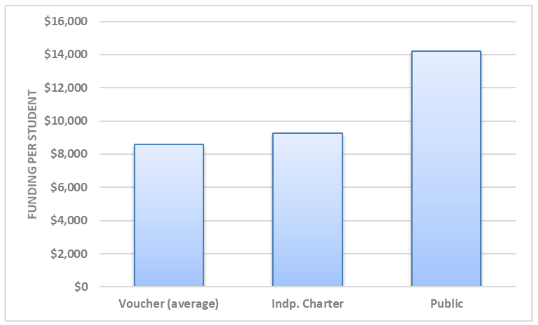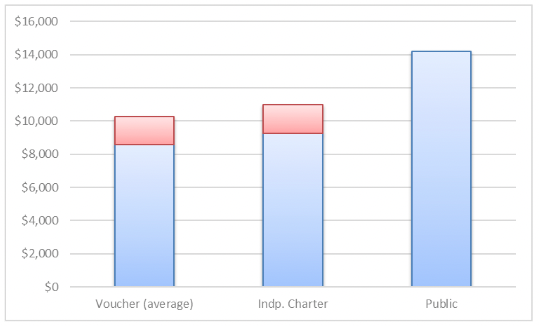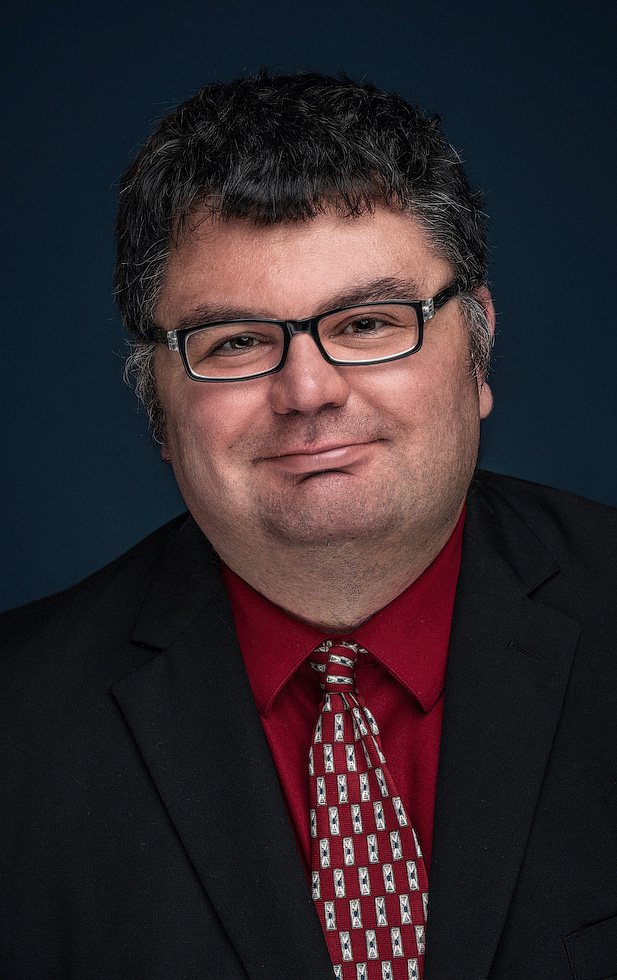This post originally appeared at https://will-law.org/blog-post-what-closing-the-funding-gap-means-for-wisconsins-students/
Last night a shared revenue bill passed the Wisconsin State Assembly, and is now on its way to the desk of Governor Evers. The bill included important provisions for school choice that have been hailed as an important victory for the movement, but why is that the case? We’ll explain it all here.
Why More Funding is Critical
Under the current funding model, a huge gap exists between the funding for choice, charter and public schools. According to the most recent data available from DPI, public schools receive, on average, $14,215 in state and local revenue. But schools in the choice program received only $8,399 in K-8 and $9,045 at the high school level. Independent charter schools were also severely shortchanged, receiving $9,264 per student.
Funding Disparity, School Choice and Public Schools (Current System)

This funding gap was not new, but it became even more problematic in this era of extremely high inflation and a tight marketplace for teachers. One successful private choice high school, HOPE Christian High School, was even forced to close its doors at the end of the last school year due to these issues. It is not a stretch to say the future of school choice in Wisconsin at least partially depended on getting a substantial increase like that which was achieved here.
What Funding was Achieved?
Under the deal as it has been reported, K-8 choice schools will receive an increase of about $1,100 to $9,499 in year one, and an additional bump in year two to $10,149. High schools received an increase of nearly $3,000 to $11,993. They receive a bump of $325 in year two to reach $12,318. Independent charter schools got an increase of just over $1,700 to $10,991. While all of these figures remain substantially below what traditional public schools receive, they do represent a significant closure of the gap. The extent of gap closure is indicated in the chart below. Note that there will likely be public school increases as well, the extent of which are yet to be fully determined.
Gap Closure, Voucher & Independent Charters

School Choice in Wisconsin vs. The Nation
With the increases in funding that have been achieved here, school choice in Wisconsin is now among the school choice system with funding levels closest to the state’s traditional public schools. In the chart below, we compare the choice share of funding under the new system in Wisconsin with the choice share of funding in other school choice programs around the nation using data from EdChoice. Education Savings Account (ESA) and voucher programs are included. Special-needs specific voucher programs are excluded.
var divElement = document.getElementById(‘viz1686838356138’); var vizElement = divElement.getElementsByTagName(‘object’)[0]; vizElement.style.width=’100%’;vizElement.style.height=(divElement.offsetWidth*0.75)+’px’; var scriptElement = document.createElement(‘script’); scriptElement.src = ‘https://public.tableau.com/javascripts/api/viz_v1.js’; vizElement.parentNode.insertBefore(scriptElement, vizElement);
At about 76% of public-school funding, Wisconsin would now rank as the 7th highest-funded voucher in the nation. Among traditional voucher programs, only Arizona, Tennessee and Utah have a higher percentage of funding. The three New England states included have older programs known as “Town Tuition” that allow students in areas without local public schools to attend public or private schools nearby, and thus are somewhat of a different concept.
Implications and What’s Next
Closing the funding gap has long been a key principle of WILL’s education policy agenda. It is fundamentally unfair that the value of a child in the eyes of the state is less if they choose to walk into a private school or charter school than if they walk into their zoned public school. Under the new funding levels, that gap is substantially lessened while still allowing school choice to represent a savings to Wisconsin taxpayers.
While this does represent the biggest school choice victory in Wisconsin in a decade, our work is far from finished. Income caps on the existing choice programs mean that middle class families are squeezed out of educational options. A complicated funding system still allows public schools to confuse taxpayers about the cost of school choice. And the regulatory environment under the control of the Department of Public Instruction works to keep families out rather than welcoming them in. This victory shows that school choice victories are possible even under divided government, and WILL will continue to work hard so that every Wisconsin family can find the school that works best for their kids.

Will Flanders, PHD
Research Director
Flanders@will-law.org
The post Analysis: What Closing The Funding Gap Means for Wisconsin’s Students appeared first on Wisconsin Institute for Law & Liberty.
